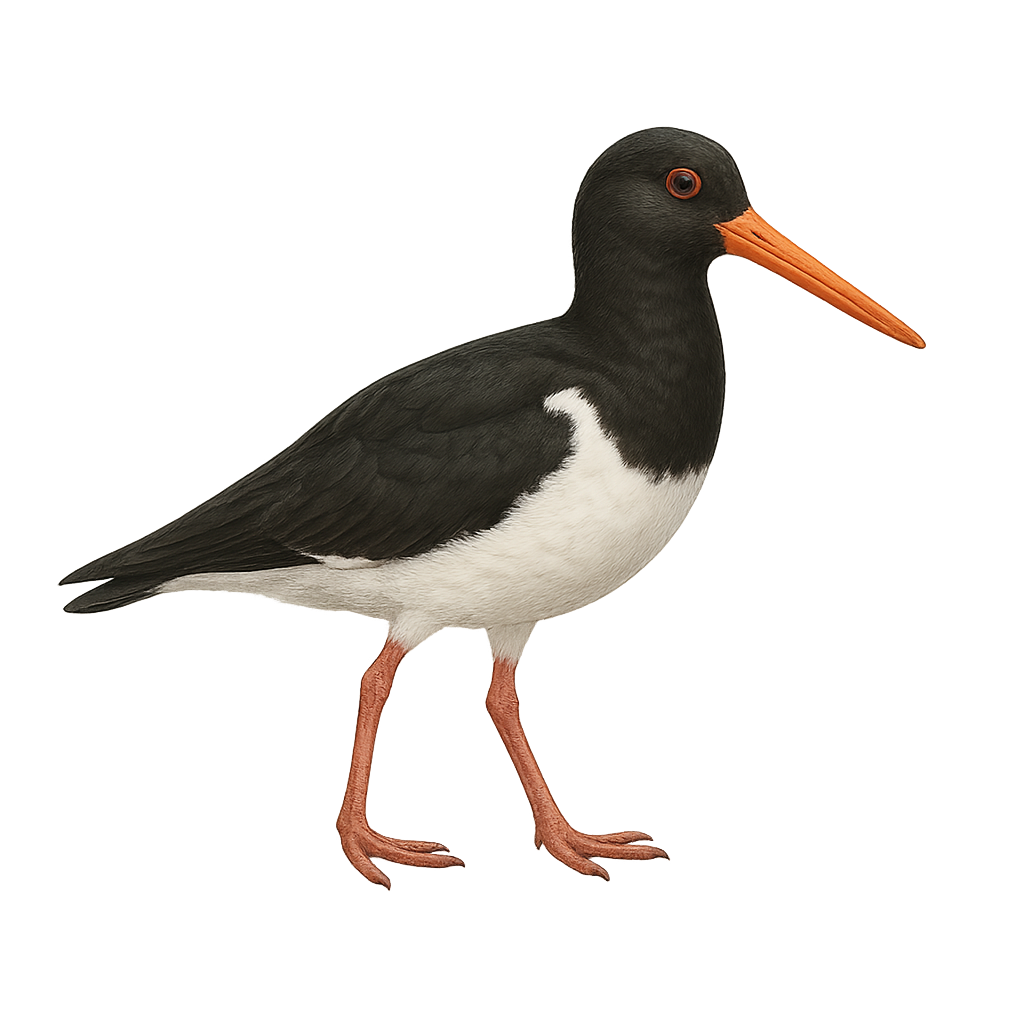Your wildlife photography guide.
Explore the south island oystercatcher in detail, study its behavior, prepare your shots.
Where to observe and photograph the south island oystercatcher in the wild
Learn where and when to spot the south island oystercatcher in the wild, how to identify the species based on distinctive features, and what natural environments it inhabits. The WildlifePhotographer app offers tailored photography tips that reflect the south island oystercatcher’s behavior, helping you capture better wildlife images. Explore the full species profile for key information including description, habitat, active periods, and approach techniques.
South Island Oystercatcher
Scientific name: Haematopus finschi

IUCN Status: Near Threatened
Family: HAEMATOPODIDAE
Group: Birds
Sensitivity to human approach: Suspicious
Minimum approach distance: 10 m
Courtship display: September to November
Incubation: 27-28 jours
Hatchings: September to December
Habitat:
Sandy beaches, estuaries, coastal marshes
Activity period :
Primarily active during the day, with peak activity in the morning and late afternoon.
Identification and description:
The South Island Oystercatcher is a coastal bird endemic to New Zealand, primarily found on the South Island. It is characterized by its black and white plumage, bright red long bill, and pink legs. This bird is often seen on sandy beaches and estuaries, where it feeds mainly on mollusks and crustaceans. Although generally solitary, it can be observed in small groups, especially outside the breeding season. The South Island Oystercatcher is a migratory bird, moving to the north of the South Island and the North Island during the austral winter. Its population is stable but remains vulnerable to human disturbances and predation by introduced species.
Recommended lens:
400mm – adjust based on distance, desired framing (portrait or habitat), and approach conditions.
Photography tips:
To photograph the South Island Oystercatcher, focus on sandy beaches and estuaries where it feeds. Use a telephoto lens of at least 400mm to capture detailed images without disturbing the bird. Be patient and wait for the bird to approach your position. The best lighting is early in the morning or late in the afternoon. Avoid sudden movements and remain discreet to avoid scaring the bird. If possible, use a tripod to stabilize your camera and achieve sharp images.
The WildlifePhotographer App is coming soon!
Be the first to explore the best nature spots, track rutting seasons, log your observations, and observe more wildlife.
Already 1 430 wildlife lovers subscribed worldwide

